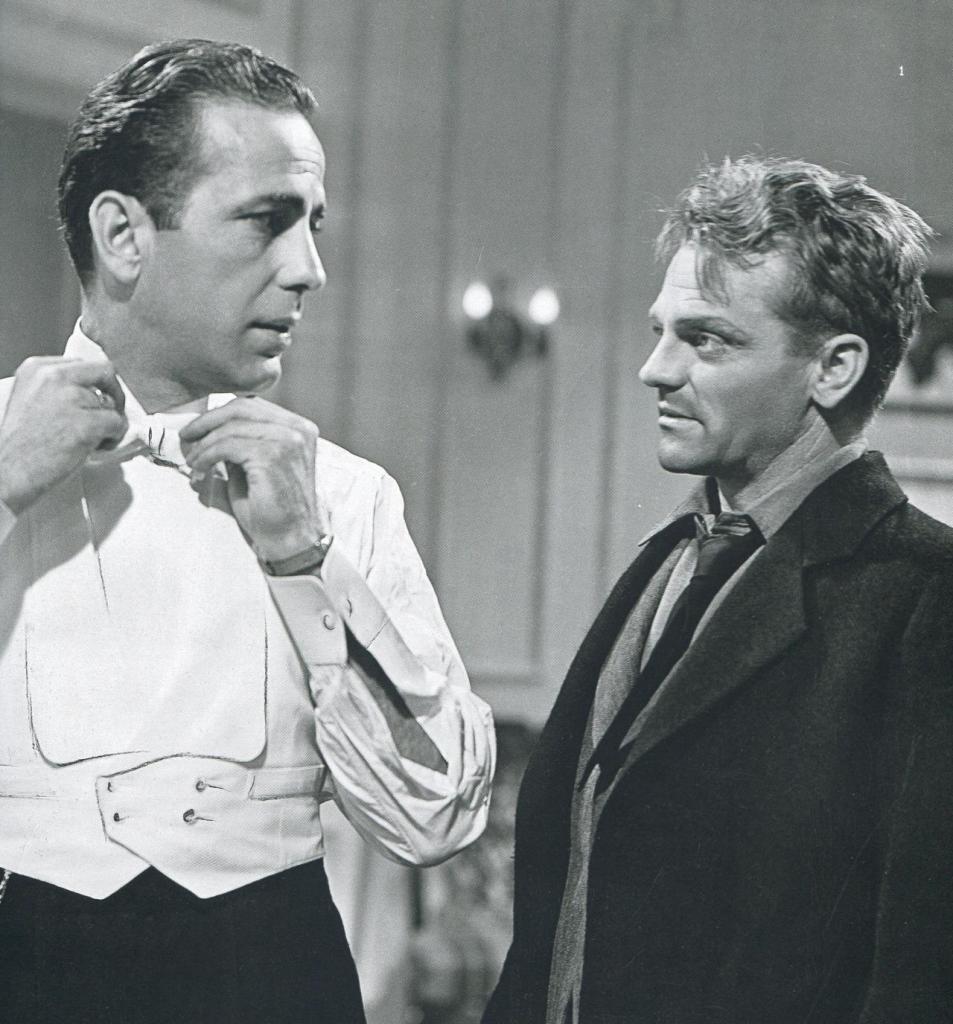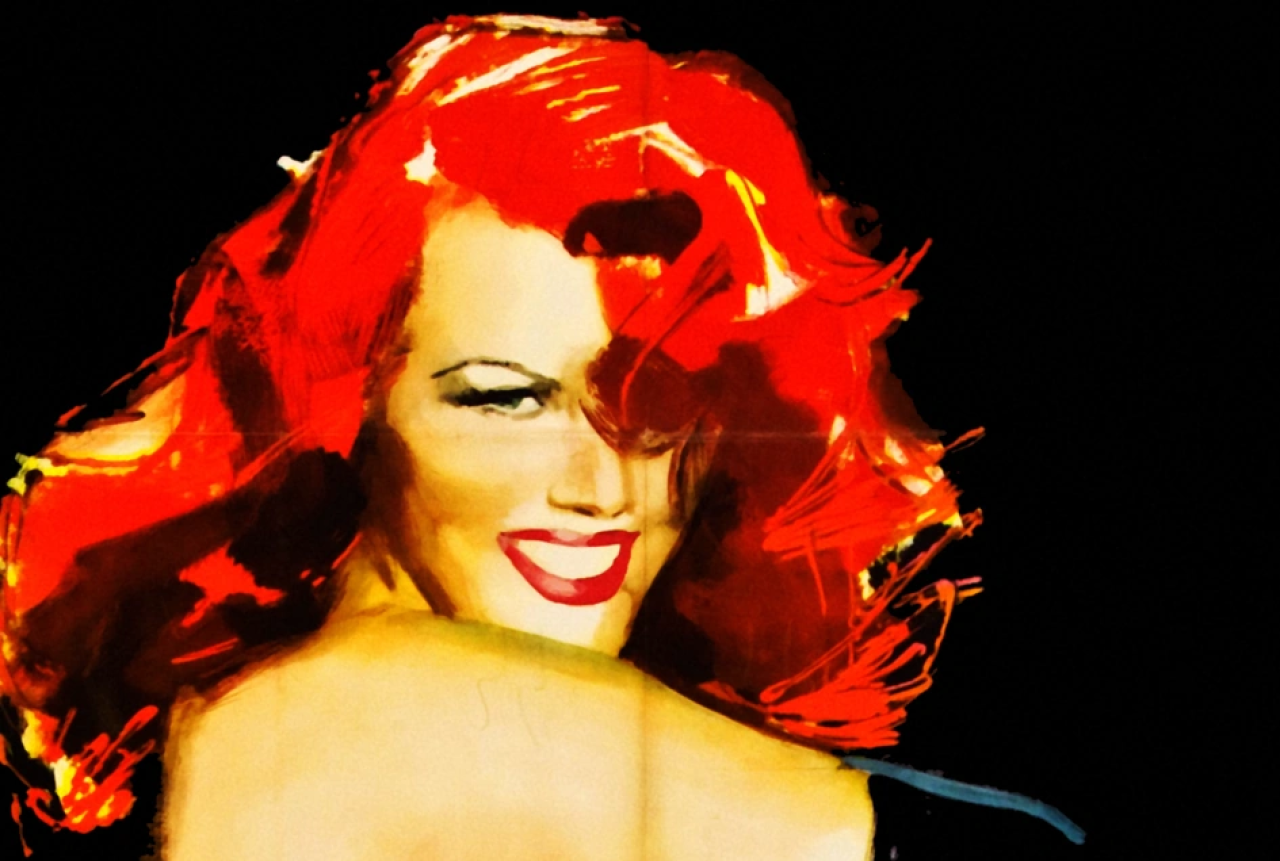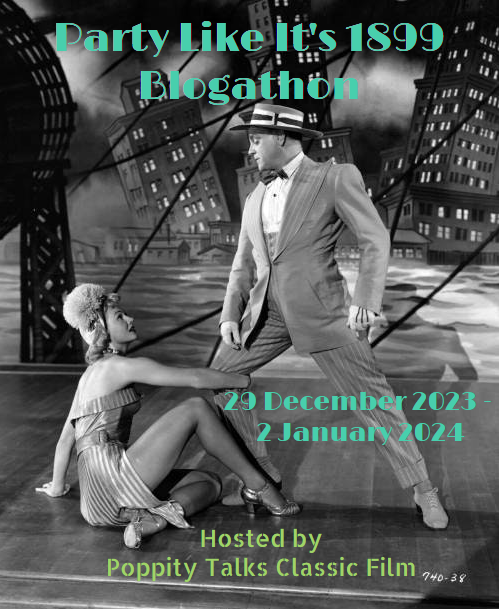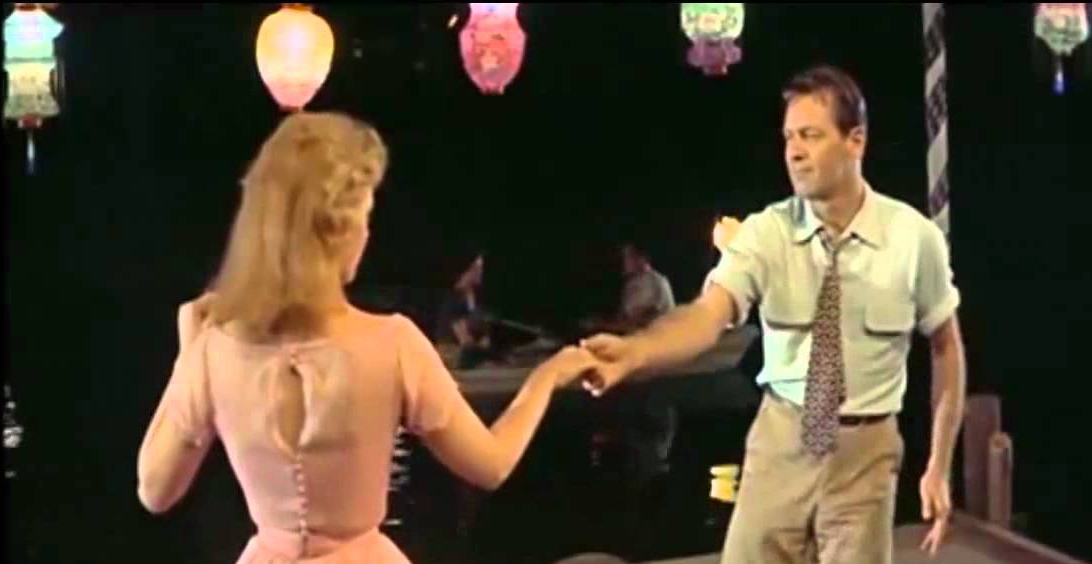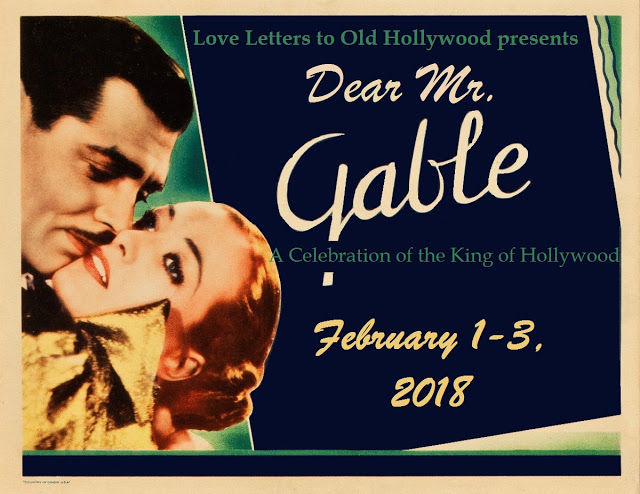Happy New Year, everyone! Another busy holiday season has passed. So that I didn’t miss yet a second blogathon (I’ll get back to the Warner Bros one, even though I am way past the date to turn in my post), I wanted to get my post about two of my faves–James Cagney and Humphrey Bogart, finished.
Cagney and Bogart have a lot in common:
- Both born in 1899 (Cagney on July 17th and Bogart on December 25th).
- Both were born in New York City.
- Both started their careers on the New York stage.
- Both were Warner Brothers contract players.
- Both were known for their gangster films.
- Both won their respective Oscars playing non-gangster characters (Cagney for Yankee Doodle Dandy and Bogart for The African Queen).
- Both are iconic stars of Classic Hollywood.
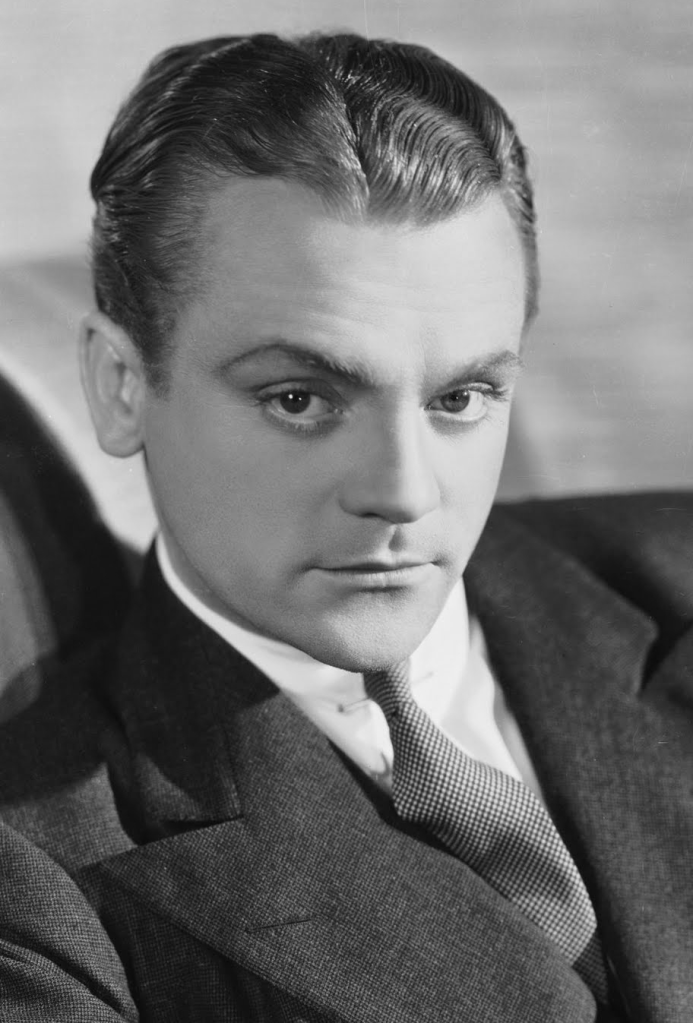
However, Cagney and Bogart’s childhoods couldn’t be more different. Cagney was born into a lower-class neighborhood and grew up in a tenement. His father was a bartender and his mother was the daughter of a barge captain. Eventually Cagney was forced to drop out of school and support the family financially when his father succumbed to influenza during the 1918 epidemic in the United States. Cagney held a variety of odd jobs before finding work in the theater. He worked as a junior architect, a copy boy, book custodian, bellhop, draughtsman (doing technical drawings–I looked it up), and a night doorkeeper. As a child, Cagney also took tap dancing (which would serve him well in Yankee Doodle Dandy) and also was a skilled street fighter (which I’m sure served him well in his films). In 1919, Cagney’s dancing ability earned him a spot in the New York stage production of Every Sailor. He would continue performing on the stage until 1930 when the stage production of Sinners’ Holiday brought he (and co-star Joan Blondell) to Hollywood for the film adaptation.
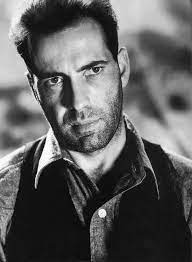
Bogart’s upbringing couldn’t be more different than Cagney’s. Born into an affluent family who owned an apartment on the classy Upper West Side of New York, Bogart was not suffering. In addition to their apartment, the Bogart parents also owned a lake home on 55 acres. Rare for the time, Bogart’s mother was an extremely successful commercial artist who did illustrations for companies such as Anheuser-Busch, Ivory Soap, and Metropolitan Life Insurance. Despite the legend that baby Humphrey served as the Gerber Baby model, this is not true. The famous Gerber baby logo was not designed until Bogart was an adult and his mother did not design it. Mrs. Bogart did use an illustration of baby Humphrey for Mellins Baby Food. For the record, the original 1926 Gerber Baby was Ann Turner Cook. She was born in 1926 and just passed recently–2022. The sketch was drawn by Cook’s neighbor, Dorothy Hope Smith, who submitted the drawing in response to Gerber’s contest looking for their new logo. Smith’s successful illustration earned her $300 (or $5386 in 2023).
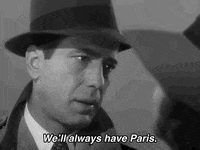
But enough about the Gerber Baby, back to Bogart. Despite his privileged childhood (with Bogart’s parents earning a combined $70,000 annually, a huge sum for the 1900s-1910s), Bogart was not an academic scholar. He attended numerous fancy pants private schools, eventually ending up in an esteemed boarding school–of which he was kicked out. Mr. and Mrs. Bogart had hoped their son would attend Yale, but that was pretty much off the table once he was kicked out of school. In 1918, Bogart joined the Navy and enjoyed his time after the Armistice ferrying soldiers back from Europe. In 1921, Bogart made his stage debut in Drifting. In 1928, Bogart appeared in a short film, The Dancing Town, and in a 1930 short, Broadway’s Like That. Also in 1930, the same year Cagney was making his screen debut, Bogart secured a contract with Fox and appeared in his first film Up the River, with soon-to-be lifelong friend, Spencer Tracy.
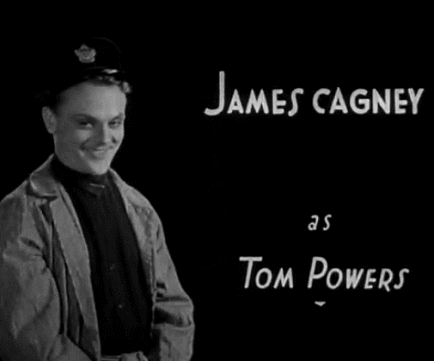
However, unlike Cagney, Bogart’s Hollywood stardom wasn’t instant. Despite having appeared in a series of films for Fox, there was no single breakthrough role for Bogart. Cagney shot to super stardom in his sixth film, The Public Enemy (1931). He was unstoppable after that and appeared in a series of successful gangster films. Cagney also regularly waged wars with Jack Warner, head of Warner Brothers, demanding more money after each successive hit film. Unfortunately, Bogart was not in the same position to make such demands, having not appeared in a hit film. After a couple false starts in Hollywood, Bogart finally got the role he was hoping for when he appeared in 1936’s The Petrified Forest. ‘Forest’ was a Broadway play that featured Bogart and Leslie Howard. Warner Brothers bought the rights to the story and brought Howard out to Hollywood to reprise his role. However, they wanted their star, Edward G. Robinson to appear in Bogart’s role, Duke Mantee. Howard responded to Warners’ request by sending a telegram stating “No Bogart, No Deal.” Warners acquiesced to Howard’s demands, and Bogart’s star was finally on the ascent. He would finally become a bona fide superstar, achieving Cagney’s level of stardom, with a series of hits, one after another–High Sierra (1940), The Maltese Falcon (1941), and Casablanca (1942).
Cagney and Bogart appeared in three films together: Angels with Dirty Faces (1938), The Roaring Twenties (1939), and The Oklahoma Kid (1939)
These are my Top 5 Favorite Cagney and Bogart Films:
(Please excuse me if some of your favorites aren’t listed, either I haven’t seen it, I haven’t seen it for a long time and can’t remember it, there wasn’t enough room in my Top 5, or maybe I loved something else more!)
JAMES CAGNEY
- White Heat (1949) This is probably my favorite Cagney film. His portrayal of the vile Cody Jarrett is captivating. He is a terrible person, but in some ways, you can’t help root for him. He’s the villain of the story, but he’s complicated and has some good points, especially where his mother is concerned. There’s also no denying that the ending of White Heat is one of the all-time most iconic scenes in cinema history.
- The Public Enemy (1931). There’s no denying that Cagney’s break-through role isn’t one of his best. This film features the iconic scene of Cagney smashing Mae Clarke’s face with a grapefruit. It also features future stars Jean Harlow and Joan Blondell. What more could you want? Cagney screams star quality even in the opening credit sequence where he makes a little punching motion and raises his eyebrows.
- Footlight Parade (1933). This film features Cagney tap dancing and hoofing his way through multiple numbers as he plays a producer trying to save his career by producing a series of prologues. He is once again paired with Joan Blondell who plays his secretary who is in love with him and horribly jealous of Cagney’s interest in Claire Dodd. The trio of prologues at the end of the film is the highlight. Also a highlight? Cagney trying to teach Frank McHugh how to move like a cat.
- Picture Snatcher (1933). In this film, Cagney plays a “picture snatcher,” the 1930s equivalent of paparazzi. Cagney is an employee of editor, Ralph Bellamy, who is reluctant to hire him. However, Cagney soon wins his place on the team by using rather unscrupulous methods to obtain hard-to-get in demand photos for his newspaper. Eventually, Cagney’s ethics are put to the test when he is admitted to an execution at Sing Sing, where one of the rules is “no pictures.”
- Taxi! (1932). Cagney is paired up with Loretta Young in this film where he plays a scrappy taxi cab driver in New York City. Loretta’s father, cab driver Guy Kibbee, is facing pressure from a rival cab service who wants his primo location. The rival cab service is using force to try and dominate the entire cab industry in New York City. Loretta appeals to Cagney to encourage his colleagues to fight back against the rival cab company (aka the mob).
HUMPHREY BOGART
- Casablanca (1942). It’s cliche, but this is probably my favorite Bogart film and my second favorite film overall (after The Long Long Trailer). Every piece of this film is iconic, from the score, to the dialogue, to the actors’ performances. Even though I’ve seen it a million times, Bogart’s iconic “hill of beans” speech to Ingrid Bergman at the end of the film still gives me goosebumps. I never tire of it.
- The Maltese Falcon (1941). Another cliche choice, but film noir was born with this film and Bogart’s Sam Spade was pretty much the archetype for the film noir detective. The entire cast is fantastic and initiated another great partnership–between Sydney Greenstreet and Peter Lorre. This film is also notable for being John Huston’s directorial film debut.
- Treasure of the Sierra Madre (1947). Not a deep-cut but it’s hard to find one in Bogart’s career when he made so many hit films. Bogart’s run of films in the 1940s might be the most successful run of films anyone has ever had. An actor would probably be happy just having a Casablanca as part of their resume. However, Bogart has not only Casablanca, he has ‘Falcon,’ High Sierra, To Have and Have Not, Key Largo, The Big Sleep, Dark Passage, and Treasure of the Sierra Madre. After Rick Blaine, Bogart’s most famous character might be Fred C. Dobbs. Bogart turns in an excellent performance where he starts out as a desperate man just looking to survive in Mexico. He is given a chance to make a bunch of money mining for gold, eventually succumbing to the greed and desperation that motivates his need to get as much money as possible–at whatever cost is necessary.
- To Have or Have Not (1944). This is the film that introduced Bogart and Lauren Bacall to not only audiences, but to each other! Bacall was a discovery of director Howard Hawks’ wife, who spotted her on the cover of Harper’s Bazaar. Despite their 25 year age difference, Bogart and Bacall’s chemistry is off the charts and they steal the show. Bacall has one of the all-time greatest screen debuts, where not only is she an instant star, she also became half of an indelible part of Classic Hollywood history–the legendary Bogie and Bacall romance. Bacall also delivers the iconic “you do know how to whistle don’t you? You just put your lips together and blow” line.
- In a Lonely Place (1950). This is an absolutely spectacular film noir directed by Nicholas Ray and co-starring Gloria Grahame. Bogart’s son, Stephen, stated that In a Lonely Place is the closest depiction to the real Bogart that was ever captured on film. Bogart’s character is a complicated man. He is capable of love, empathy, loyalty, romance, etc. as depicted in his relationship with Grahame. However, he is also shown as being capable of violence, through depictions of his explosive temper causing him to engage in a serious road rage incident with a fellow motorist. The conflict of the entire film is that a woman who was last seen with Bogart is murdered, but he is cleared as a suspect with Grahame providing an alibi. However, as more and more of his personality and temper is revealed, the film begins to question Bogart’s innocence. This is a fascinating film.
